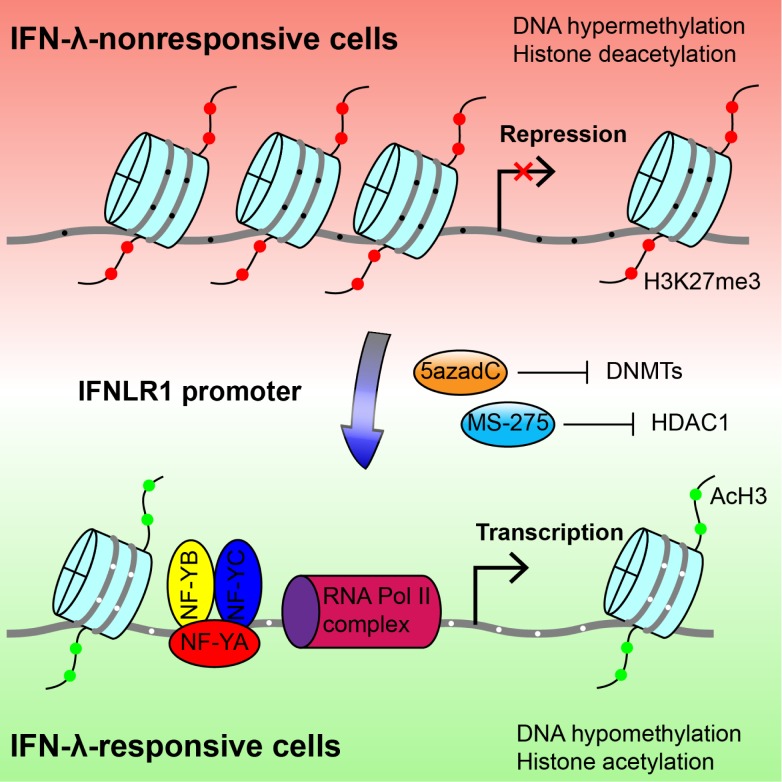Figure 8. Molecular mechanism of differential IFNLR1 expression.
Epigenetic silencing is the major mechanism that restricts IFNLR1 expression in IFN-λ nonresponsive cell types. In the low-expressing cells (red background), the IFNLR1 promoter is repressed through DNA hypermethylation, histone hypoacetylation, and loss of affinity for TFs and RNA Polymerase II complexes. In contrast, the IFNLR1 promoter is associated with DNA hypomethylation, histone acetylation, and binding of activating TF (represented by trimeric NF-Y) and RNA Polymerase II in high-expressing cells (green background). Importantly, sensitivity to IFN-λ can be regained by blocking DNMT and HDAC activities with 5azadC and MS-275, which epigenetically reconfigure the promoter chromatin structure. Gray line, IFNLR1 promoter DNA; red filled circles, H3K27 trimethylation; green filled circles, histone H3 acetylation; black filled circle, methylated CpG dinucleotides; white filled circle, unmethylated CpG dinucleotides.

